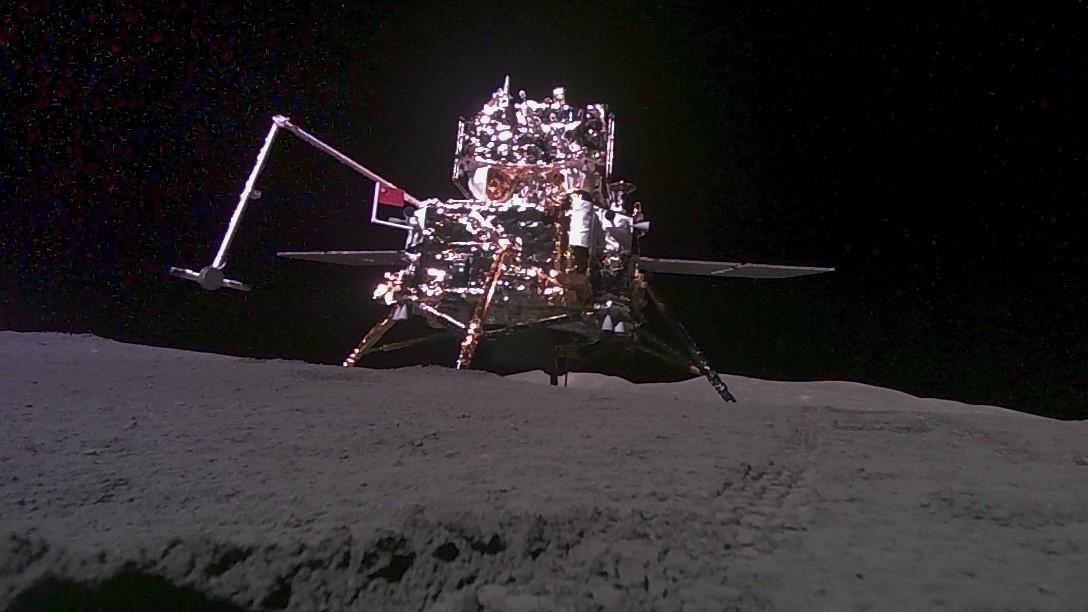S&P cuts China’s debt rating over ‘financial risks’
BEIJING - Agence France-Presse
 Standard & Poor’s slashed China’s credit rating on Sept. 21, warning that a prolonged period of debt growth had raised “economic and financial risks.”
Standard & Poor’s slashed China’s credit rating on Sept. 21, warning that a prolonged period of debt growth had raised “economic and financial risks.”S&P, which downgraded China’s debt from AA-minus to A-plus, is the second major credit ratings agency to slash the Asian giant’s rating after Moody’s made the same decision in May.
“The downgrade reflects our assessment that a prolonged period of strong credit growth has increased China’s economic and financial risks,” New York-based S&P said in a statement.
While the credit growth has fuelled China’s economic expansion and high asset prices, “we believe it has also diminished financial stability to some extent,” the agency said.
Debt-fuelled investment in infrastructure and property has underpinned China’s rapid growth, but there are widespread concerns that years of freewheeling credit could lead to a financial crisis with global implications.
Beijing has been clamping down on bank lending and property purchases, but those efforts are complicated by the government’s determination to meet its full-year growth target of around 6.5 percent.
That compares with last year’s pace of 6.7 percent, which was the slowest in around a quarter of a century.
Premier Li Keqiang said in June that China could meet its target.
“The recent intensification of government efforts to rein in corporate leverage could stabilize the trend of financial risk in the medium term,” S&P said.
“However, we foresee that credit growth in the next two to three years will remain at levels that will increase financial risks gradually.”
When Moody’s downgraded China in May, it was the first time in almost three decades that the country’s credit rating was cut.
But another major credit ratings agency, Fitch, maintained its A-plus score for China in July, though it warned that the growing debt could trigger “economic and financial shocks”.
China posted better-than-expected second quarter growth as the economy expanded by 6.9 percent, but analysts have warned that the momentum may not last.
The economy revealed fresh signs of headwinds in August as data showed last week that industrial output and retail sales unexpectedly slowed for a second consecutive month. Fixed asset investment was also well below expectations.
S&P said it “may raise” its rating on China if debt growth slows significantly while the country maintains economic growth at “healthy levels”.
However, it warned that another downgrade “could ensue if we see a higher likelihood that China will ease its efforts to stem growing financial risk and allow credit growth to accelerate to support economic growth.”
















